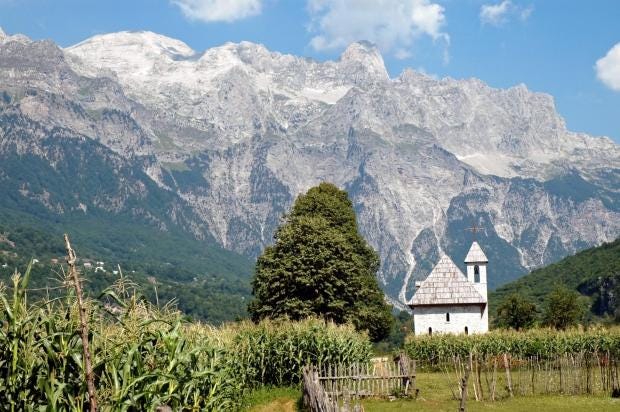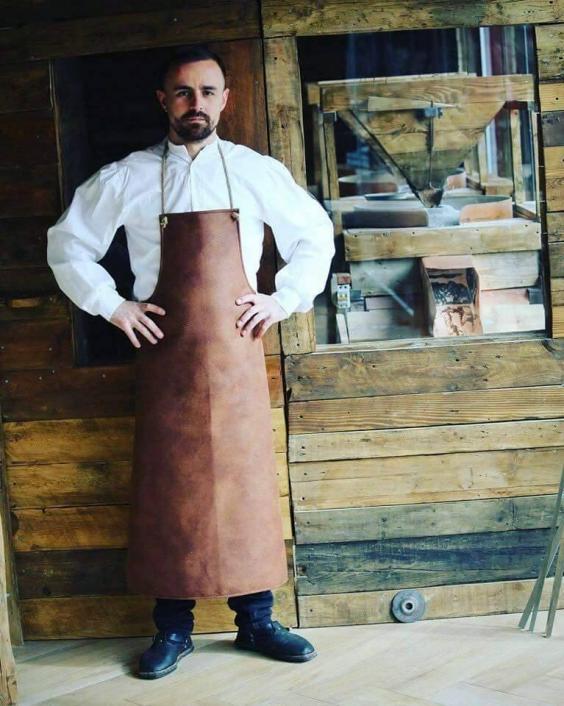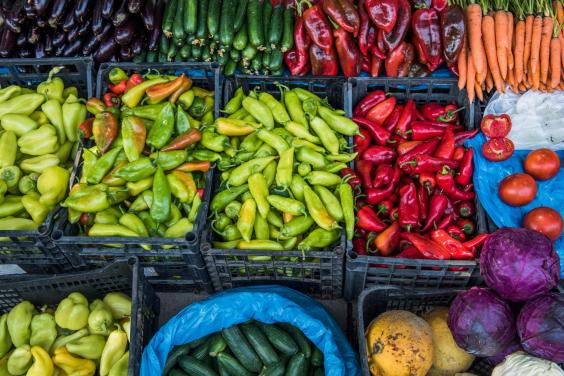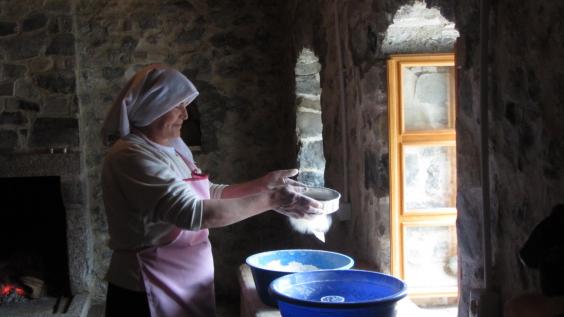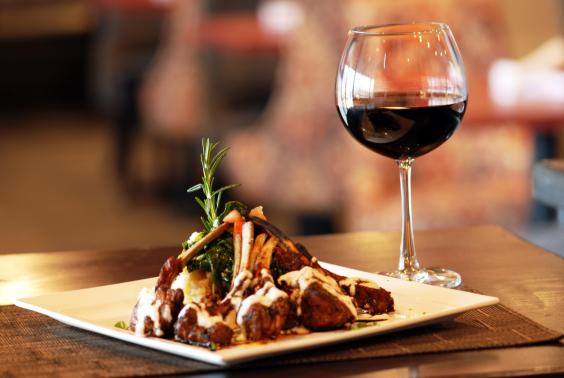Small villages in Albania’s isolated mountains are attracting tourists to family-run accommodation with the promise of spectacular views and a fascinating history – but modernisation could bring change.
BIRN
Theth |
| The 'blue eye' pool formed by mountain waters in Kaprre near Theth. Photo: BIRN/Fatjona Mejdini |
More than a century ago, the British traveller, author and anthropologist Edith Durham wrote that the small villages in the Albanian Alps existed in “majestic isolation from all the world”.
Today, isolation is the biggest advantage that these villages have. Over the past few years, locals have started to create a unique model of tourism away from tight state regulations, helped by their geographic location and their rich history.
In modern Albania, these small villages in the Alps are still difficult to reach. To get to the village of Theth, which is considered the jewel of the Alps, one has to drive from the northern town of Shkodra for 50 kilometres up to the village of Boge, and after that go another 20 kilometres along an unsurfaced and occasionally dangerous road.
This has made tourism in the area only possible during the summer months, leaving Theth and its breathtaking views still veiled in a certain mystery.
...
Family businesses
Fran Berishta, a 61-year-old inhabitant of Theth, his wife and three sons are very busy during the summer months. Five years ago they made the decision to use a part of their house to accommodate paying guests. Now after several extensions, the building has transformed into a real guesthouse with a capacity of 36 people.
"We have more requests than that during the summer months. Every day we are fully booked and the number of tourists is increasing every year. We turn away at least 10 people a day, but try to find a place for them anyway in the neighboring houses in the village," Berishta told BIRN.
Berishta’s wife cooks traditional dishes, while he is in charge of preparing the meat and his sons serve the tourists and manage the rooms.
Family businesses are at the heart of tourism in the Alps. In Theth and its surroundings, the number of guesthouses built in wood and stone has now reached 40.
Berishta believes that one of attractions that make tourists come back to Theth - beside the natural beauty of the steep mountains - is the fresh organic food and what he described as “the Albanian hospitality”.
"We do every dish with products from our garden, and we also offer the tourists a warm atmosphere that makes them feel at home," he explained.
People coming from Europe make up the majority of tourists visiting Theth, while almost 60 per cent of the Berishta family’s guests are foreigners. Most of them come from Germany, Holland and France.
But building guest houses is not the only way that the inhabitants of the area are benefitting from the beauty of their land; hiking and climbing tours are also in demand.
For the locals, the main concern remains the unsurfaced road.
"I could double the number of rooms and keep my guesthouse open all year round if the government decided to pave the way and create other infrastructural facilities for us," Berishta said.
But good infrastructure would also immediately make the Alps a major tourist destination and today’s visitors might like that.
Peter from Germany and his wife, who have been frequent visitors to Theth for years, fear that modern infrastructure could also have a negative effect on the untouched natural environment of the Alps.
"We were in Saranda [a seaside town in the South Albania] six years ago and it was perfect. We returned this year and concrete buildings everywhere made our stay there impossible. The Alps are still very natural and the Albanian government should be really careful to find a formula to preserve its natural state," Peter told BIRN.
Another reason why modernisation might not benefit the area is because some tourists choose to stay there also because there is very limited mobile phone access and no internet.
Scenic views
The Albanian Alps also offer much for tourists who love to climb. Theth alone is surrounded by eight high peaks that connect with the Valbona Valley but also mountain ranges in Montenegro and Kosovo.
A few kilometres from Theth stands mount Jezerca, one of the highest peaks in the Balkans at 2,694 metres.
Beside hiking and climbing, Thethi’s national parks offer dozens of scenic views, starting with the waterfall in Grunas, the 'blue eye' formed by mountain waters in Kaprre, lakes and stunning canyons.
As well as all this, the locals have something from their own history to show visitors.
The Theth area was ruled in the past by the Kanun of Lek Dukagjini, an ancient set of traditional laws that drew attention because they promoted ‘blood feuds’.
Today, Sokol Koceku, a 42-year-old from Theth, feels lucky that has inherited a tower that served as a 'court' at the time when Kanun laws were in force in the area.
It’s known as a defensive tower and was built four centuries ago, a place that offered protection to people guilty of a crime until the wise men of the area worked out how to judge them.
Now visitors have to pay a fee of one euro to enter the tower, and Sokol speaks to them about its history and the time when the Kanun ruled the people of the area’s lives.
"The Kanun does not exist anymore but now we can tell its stories to the tourists. I'm glad that my predecessors never agreed to sell the tower and it is my duty to keep it open to the public. Interest is very high," Sokol told BIRN.
He emphasised that the money from the entry fees is going to be invested in the reconstruction of the tower.
Meanwhile a small bar in the yard of the tower serves tourists coffee and refreshments, and next year Sokol and his brother are planning to expand it and turn into a restaurant.

 TIRANE, 11 Gusht/ATSH/- Pas suksesit të një viti më parë, në kuadër të Ditës Ndërkombëtare të Turizmit, portali unik qeveritar e-albania organizon për të dytin vit radhazi konkursin mbarëshqiptar të turizmit.
TIRANE, 11 Gusht/ATSH/- Pas suksesit të një viti më parë, në kuadër të Ditës Ndërkombëtare të Turizmit, portali unik qeveritar e-albania organizon për të dytin vit radhazi konkursin mbarëshqiptar të turizmit. POGRADEC, 11 Gusht/ATSH/- Gadishulli i Linit është i pari që të shfaqet me bukuritë e tij sapo nis dhe zbret Qafën e Thanës, e cila ndan fushëgropën e Prrenjasit me fushëgropën e Pograde
POGRADEC, 11 Gusht/ATSH/- Gadishulli i Linit është i pari që të shfaqet me bukuritë e tij sapo nis dhe zbret Qafën e Thanës, e cila ndan fushëgropën e Prrenjasit me fushëgropën e Pograde





